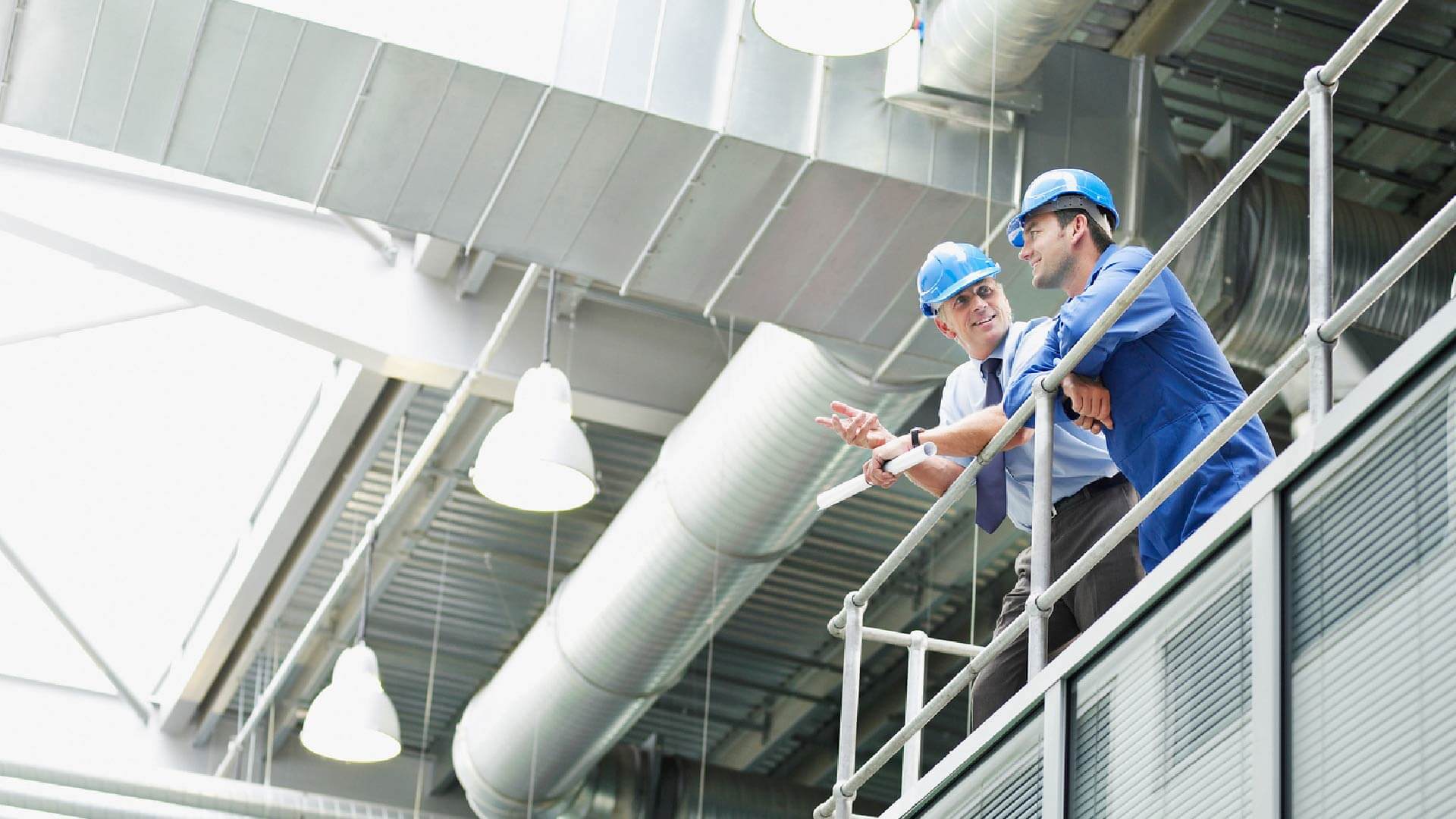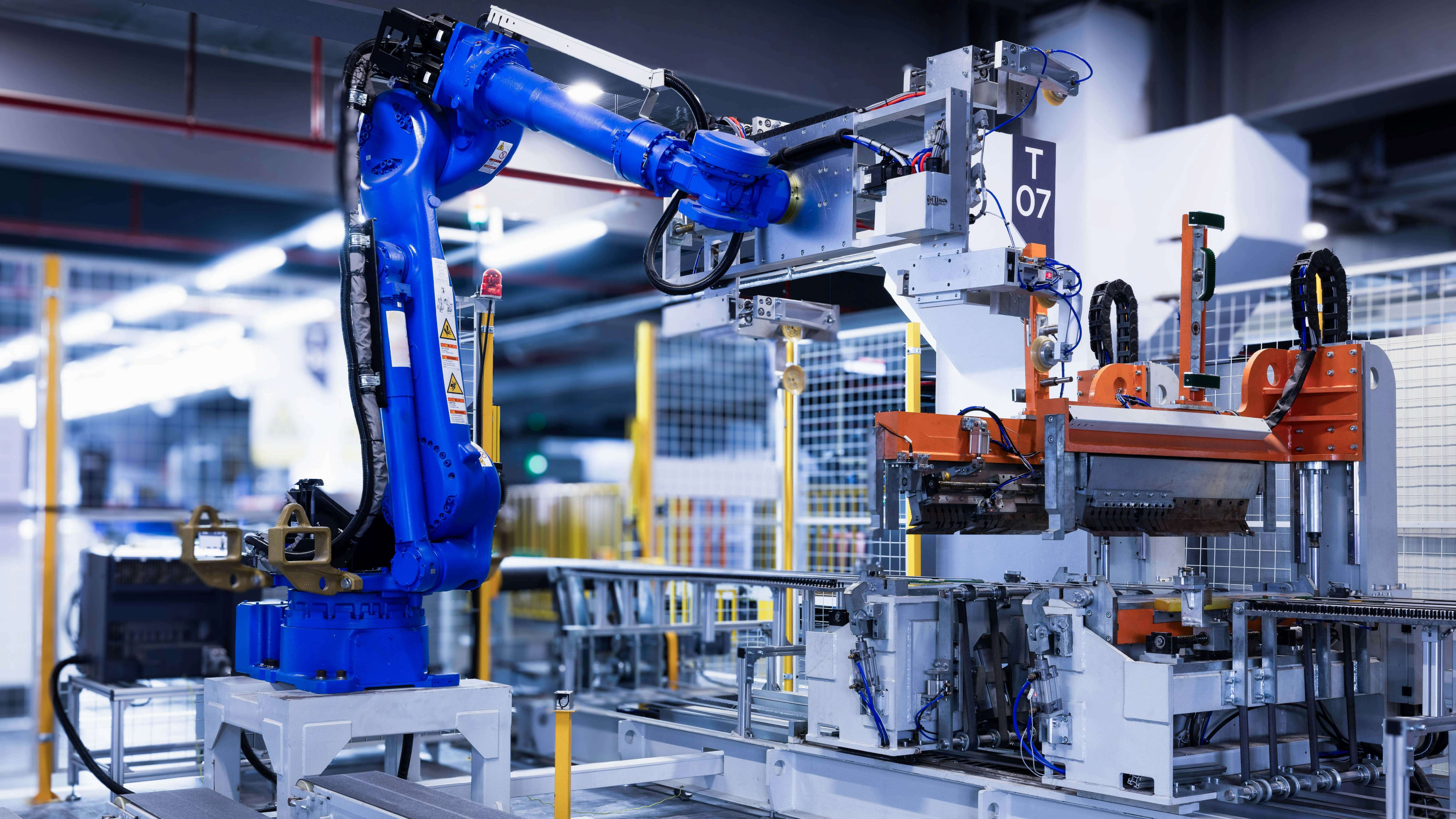Verdantix Benchmark Reveals Evolution Of Asset Integrity From Siloed To Real-Time
What is asset integrity management? For some, it’s about maintaining a rigorous inspection programme to catch structural issues such as cracks, corrosion or creep before they lead to a failure. For others, it represents a holistic, risk-based approach to safeguard assets and ensure safe, reliable and compliant asset operations. However you view it, the way industrial firms approach asset integrity management – and the tools that they use – has changed significantly over time.
Asset integrity in the early 1990s was all about documentation. Organizations routinely deployed personnel in the field to carry out inspections; they would note down the findings and flag any anomalies for maintenance to follow-up. The systems supporting this were often siloed, reactive and paper-based, focusing more on capturing what had already happened rather than on predicting what could go wrong and what could be done to prevent it.
Fast forward to today, and asset integrity management has evolved into a discipline that applies a risk-based approach to focus inspections and interventions on the most critical assets. It is also becoming a more dynamic and closed-loop system: one that continuously reassesses risk in light of new data and changing operating conditions. This enables organizations to maintain an up-to-date picture of risk, which is essential to support timely mitigation. As a result, asset integrity is becoming increasingly integrated with process safety and risk management strategies, reinforcing its role as a critical enabler of safe, reliable and compliant operations.
.png?sfvrsn=58860dc3_1)
To gain a better understanding of how digital solutions are supporting this shift, Verdantix recently conducted a benchmark study of 37 providers, assessing them against seven key capabilities: asset information management; asset criticality and risk analysis; inspection management; integrity analytics; integrity operating windows; reporting and compliance; and process safety and risk management.
The benchmark reveals that risk-based inspection (RBI) scheduling is now widely adopted, with most vendors focusing on streamlining inspection planning and analysing findings to detect trends and predict asset degradation. More innovative vendors incorporate real-time data streams. Antea Tech, Cenosco and Wood integrate with operational technology (OT) systems to monitor exceedances of integrity operating windows (IOWs), using early deviations to flag potential threats before they escalate. Others, such as GE Vernova and Vidya Technology leverage live camera feeds and apply computer vision to detect visible signs of damage – like corrosion or cracks – reducing reliance on manual inspections. All of these innovations highlight the evolution of asset integrity management into a dynamic, predictive discipline.
To explore all the findings from our recent benchmark report, see Verdantix Smart Innovators: Asset Integrity And Risk Management Software.
About The Author

Sayanh Alam
Industry Analyst




